Shenzhen Wesort Optoelectronics Co., Ltd.
Address:Building 29, Longwangmiao Industrial Zone, Fuyong street, Bao'an District, Shenzhen, Guangdong Province, China.
Phone:+86 181 2370 6862
Plastic waste recycling is one of the most pressing challenges in today’s sustainability-driven world. Proper plastic sorting ensures high-quality recycled materials, reduces environmental impact, and improves profitability for recycling businesses. While manual sorting is still common, advanced technologies like plastic color sorter machines are transforming the recycling industry. In this article, we explore how plastics are sorted by type, color, and size — and why WESORT Plastic Color Sorter Machines are the best solution for recyclers worldwide.

The first step in recycling is separating plastics from general waste. This process can be manual or automated.
Manual Sorting: Workers identify plastic waste, removing non-recyclable items like PVC.
Automated Sorting: Using sensors, optical scanners, and infrared detection, machines can identify different polymers such as PET, HDPE, PP, and PVC, and separate them with pneumatic systems.
👉 Note: At this stage, plastic color sorters are not directly applied. Instead, optical and NIR technologies handle polymer-type separation. The plastic color sorter becomes crucial after plastics are shredded into flakes, where precise color and impurity sorting ensures high-quality output.
Color separation is where the plastic color sorter machine plays the most important role. Each plastic type contains different dyes and additives, and consistent color separation is essential for producing high-grade recycled materials.
Spectrophotometers: Used in lab testing to measure accurate color values.
Optical Sorting Machines: High-resolution sensors detect even subtle color variations in shredded plastic flakes.
Here is where WESORT Plastic Color Sorter excels:
✅ AI-powered algorithms achieve up to 99.8% sorting accuracy.
✅ Removes colored flakes, labels, caps, impurities, and foreign particles.
✅ Ensures PET flakes, HDPE, and PP achieve maximum purity, ready for reprocessing into new products.
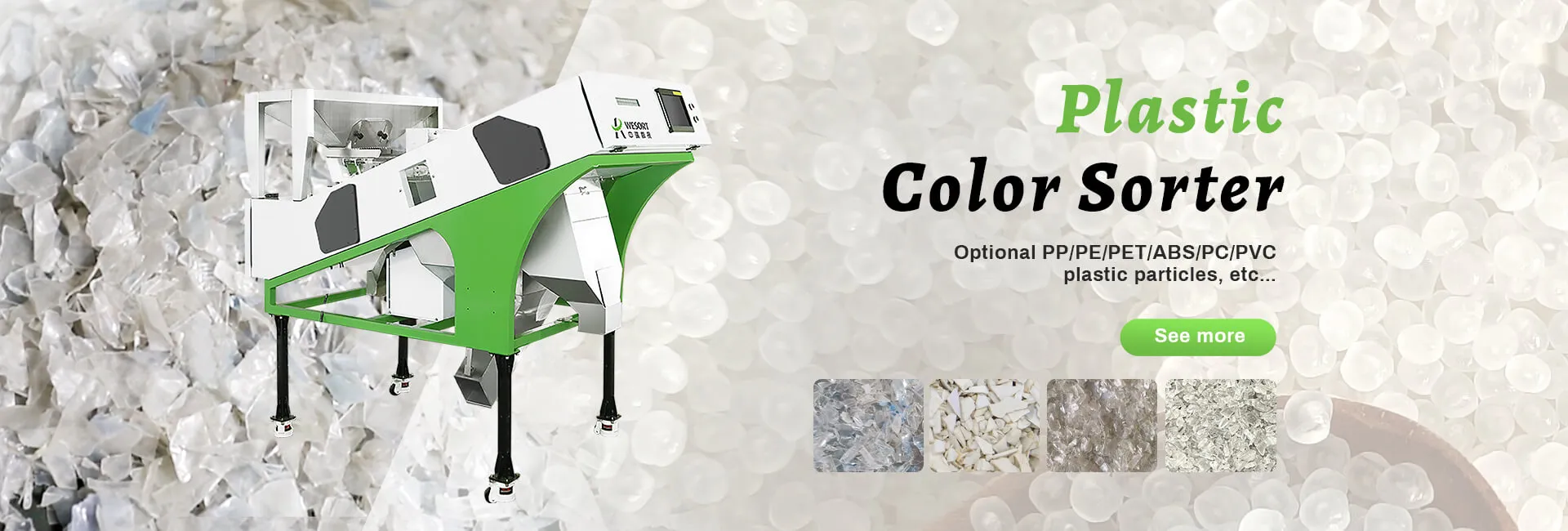
Before the color sorting stage, plastics are usually shredded or granulated into smaller flakes. This step increases surface area and improves further separation.
Shredding & Granulation: Breaks plastics into uniform particles.
Washing & Density Separation: Removes dirt, paper, and glue while separating plastics by floatation methods.
Optical Sorting with Plastic Color Sorters: Final purification step, where flakes are separated by color, material consistency, and surface defects.
From a product manager’s perspective, WESORT’s solution stands out in three key areas:
1. Advanced Technology
High-resolution cameras + visible light sensors.
AI algorithms for multi-stage sorting (normal, reverse, single, and re-sorting).
99.8% accuracy for shredded plastic color and material sorting.
2. Productivity & Cost Efficiency
High-throughput system designed for long-term unmanned operation.
Energy-optimized system reduces power consumption.
Remote monitoring and easy maintenance.
3. Proven Global Performance
Installed in UK, Italy, and other regions with excellent feedback.
Trusted by recyclers for consistent product purity and low carryover.
Professional installation and strong after-sales service.
Conclusion
Sorting plastics is a multi-step process that involves separation by type, color, and size. While traditional methods have their place, the future of recycling lies in advanced optical sorting technology.
👉 For recyclers, the plastic color sorter machine is the key step that ensures shredded PET, HDPE, and PP flakes reach the highest purity standards.
For maximum efficiency, higher product value, and long-term profitability, the WESORT Plastic Color Sorter Machine is the ideal choice.
📩 Contact WESORT today to explore how our plastic sorting solutions can transform your recycling operations.
Plastic waste recycling is one of the most pressing challenges in today’s sustainability-driven world. Proper plastic sorting ensures high-quality recycled materials, reduces environmental impact, and improves profitability for recycling businesses. While manual sorting is still common, advanced technologies like plastic color sorter machines are transforming the recycling industry. In this article, we explore how plastics are sorted by type, color, and size — and why WESORT Plastic Color Sorter Machines are the best solution for recyclers worldwide.

The first step in recycling is separating plastics from general waste. This process can be manual or automated.
Manual Sorting: Workers identify plastic waste, removing non-recyclable items like PVC.
Automated Sorting: Using sensors, optical scanners, and infrared detection, machines can identify different polymers such as PET, HDPE, PP, and PVC, and separate them with pneumatic systems.
👉 Note: At this stage, plastic color sorters are not directly applied. Instead, optical and NIR technologies handle polymer-type separation. The plastic color sorter becomes crucial after plastics are shredded into flakes, where precise color and impurity sorting ensures high-quality output.
Color separation is where the plastic color sorter machine plays the most important role. Each plastic type contains different dyes and additives, and consistent color separation is essential for producing high-grade recycled materials.
Spectrophotometers: Used in lab testing to measure accurate color values.
Optical Sorting Machines: High-resolution sensors detect even subtle color variations in shredded plastic flakes.
Here is where WESORT Plastic Color Sorter excels:
✅ AI-powered algorithms achieve up to 99.8% sorting accuracy.
✅ Removes colored flakes, labels, caps, impurities, and foreign particles.
✅ Ensures PET flakes, HDPE, and PP achieve maximum purity, ready for reprocessing into new products.

Before the color sorting stage, plastics are usually shredded or granulated into smaller flakes. This step increases surface area and improves further separation.
Shredding & Granulation: Breaks plastics into uniform particles.
Washing & Density Separation: Removes dirt, paper, and glue while separating plastics by floatation methods.
Optical Sorting with Plastic Color Sorters: Final purification step, where flakes are separated by color, material consistency, and surface defects.
From a product manager’s perspective, WESORT’s solution stands out in three key areas:
1. Advanced Technology
High-resolution cameras + visible light sensors.
AI algorithms for multi-stage sorting (normal, reverse, single, and re-sorting).
99.8% accuracy for shredded plastic color and material sorting.
2. Productivity & Cost Efficiency
High-throughput system designed for long-term unmanned operation.
Energy-optimized system reduces power consumption.
Remote monitoring and easy maintenance.
3. Proven Global Performance
Installed in UK, Italy, and other regions with excellent feedback.
Trusted by recyclers for consistent product purity and low carryover.
Professional installation and strong after-sales service.
Conclusion
Sorting plastics is a multi-step process that involves separation by type, color, and size. While traditional methods have their place, the future of recycling lies in advanced optical sorting technology.
👉 For recyclers, the plastic color sorter machine is the key step that ensures shredded PET, HDPE, and PP flakes reach the highest purity standards.
For maximum efficiency, higher product value, and long-term profitability, the WESORT Plastic Color Sorter Machine is the ideal choice.
📩 Contact WESORT today to explore how our plastic sorting solutions can transform your recycling operations.
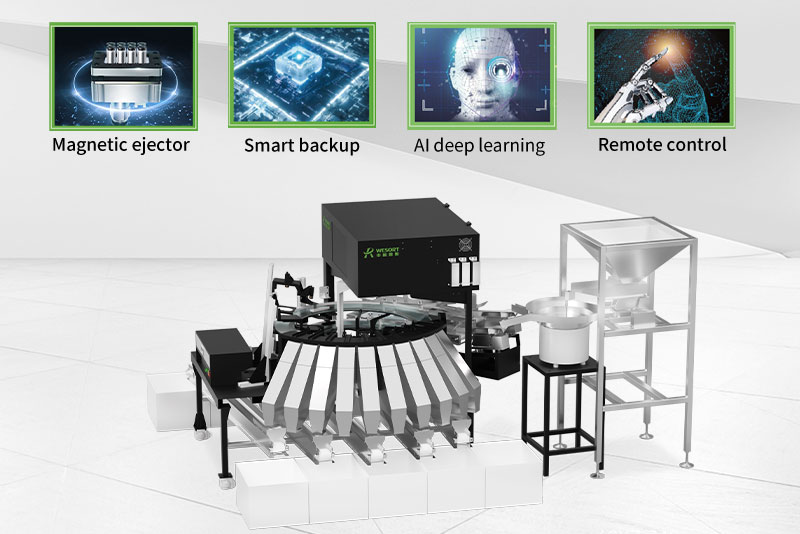
In the world of walnut processing, even the smallest imperfection can significantly impact product quality, market price, and brand reputation. Mold, insect damage, broken pieces, or inconsistent color are common defects that reduce the value of wa...
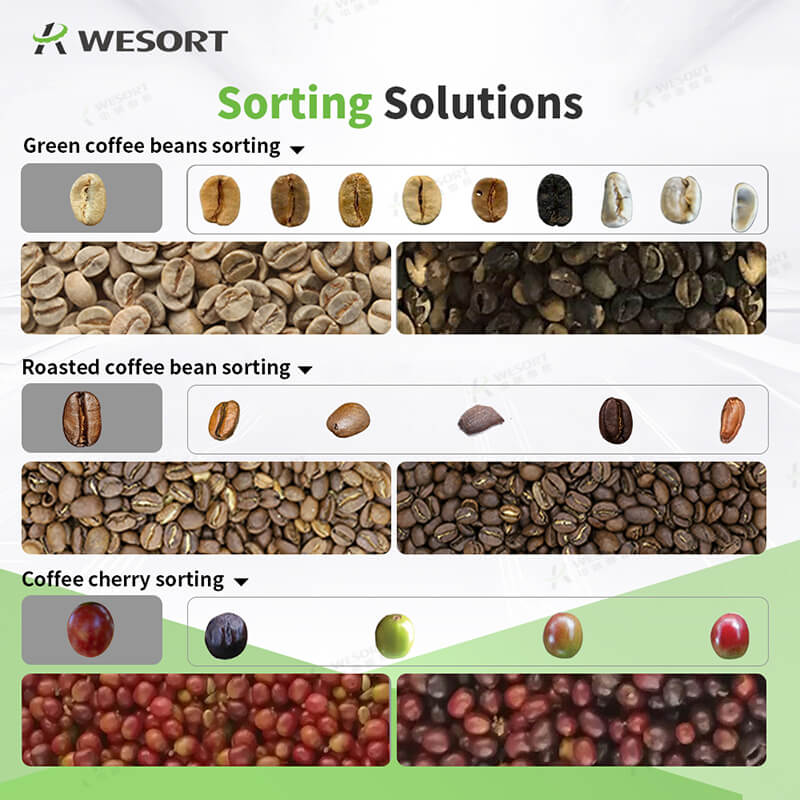
In the competitive coffee industry, quality is everything. Yet defects such as moldy beans, insect damage, immature coffee cherries, and inconsistent roasting levels can severely impact the taste, aroma, and grade of your coffee. Traditional sortin...
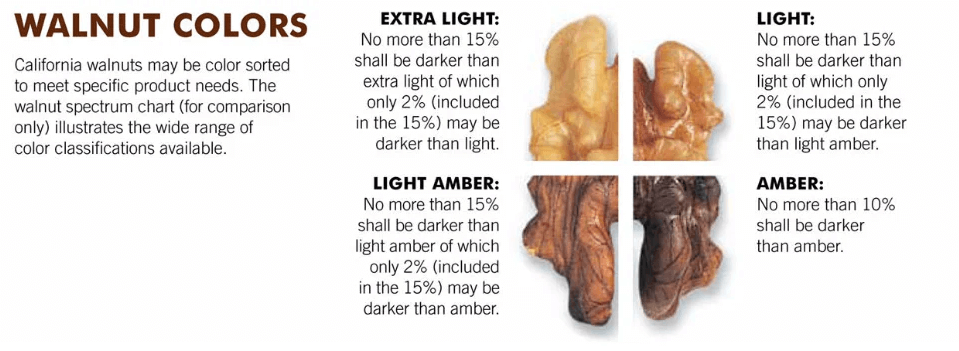
The demand for high-quality, uniformly sorted walnuts is rising globally due to increasing consumption, especially in the health food and snack industries. To meet market expectations, walnut processors are looking for advanced walnut sorting machi...
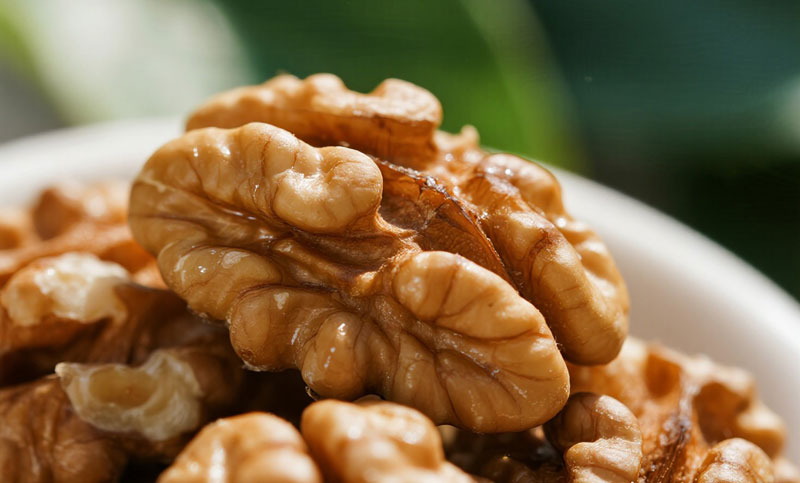
In the nut deep processing industry, the multi-level and accurate sorting of walnut kernels is not only related to product quality, but also directly affects corporate profits and brand reputation. However, many factories still face three major pro...

Meta Description: Looking for the top hazelnut sorting machine manufacturer? WESORT offers advanced hazelnut color sorters with AI deep learning to efficiently remove defects, pests, and foreign materials. Boost your hazelnut processing efficienc...
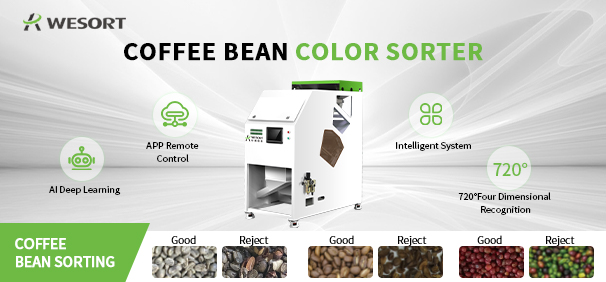
With the growing popularity of specialty coffee, the purity of coffee beans determines the aroma and taste of a cup of coffee. Achieving 99.9% purity requires high-performance coffee bean sorting equipment. Among Chinese coffee bean color sorter ma...
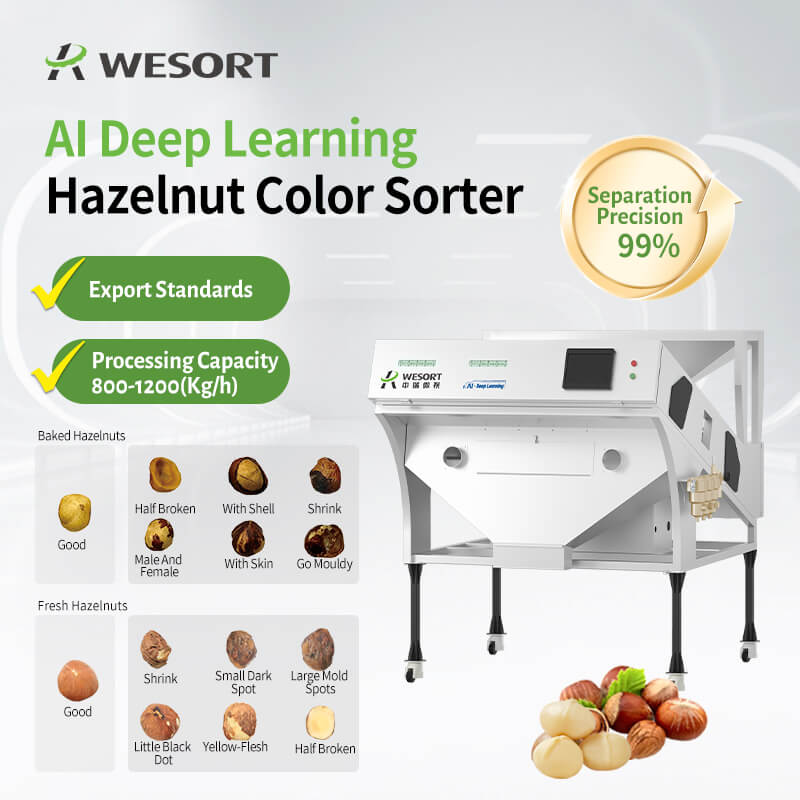
What's the most vexing issue in the hazelnut industry chain? It's not yield, but quality. Defects like mold, wrinkled skin, and foreign matter not only reduce product value but can also put export orders at risk. The solution isn't to increase the ...
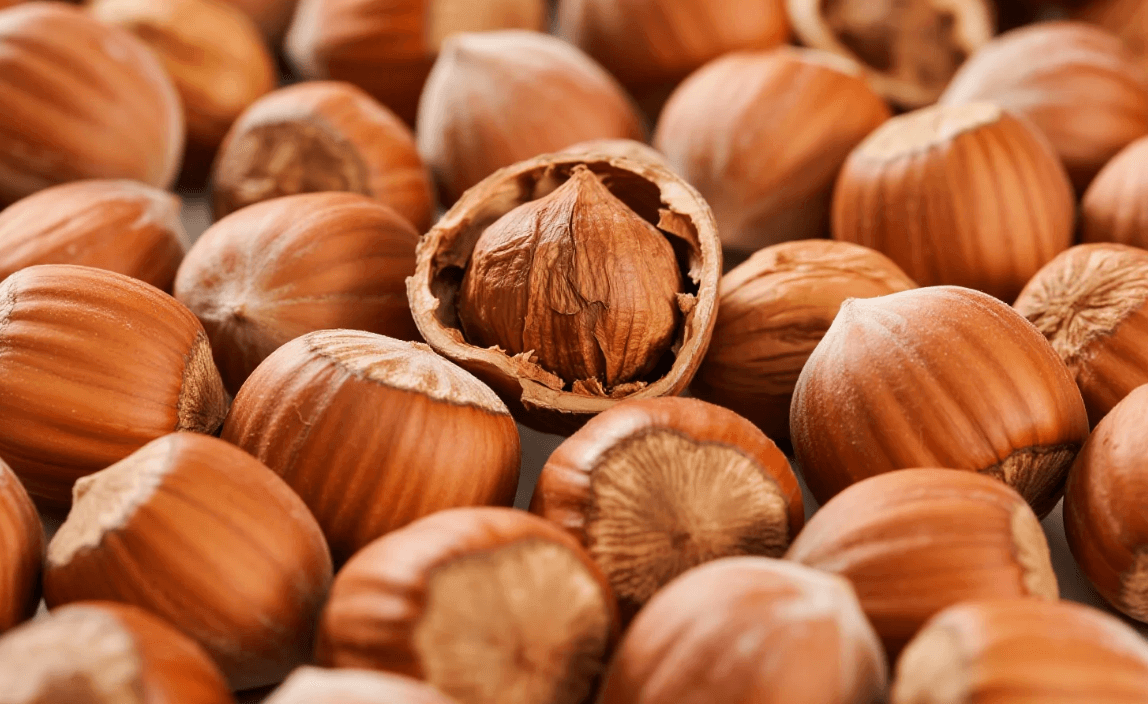
Every hazelnut tells a story—about the soil it grew in, the care during harvest, and the precision of its processing. Yet between farm and final product, hidden defects like mold, insect damage, and discoloration can turn premium hazelnuts into cos...
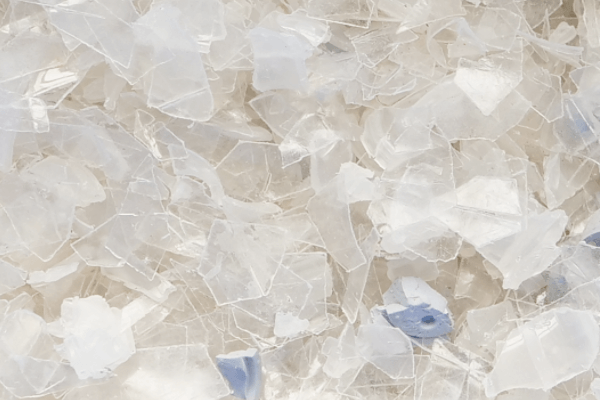
Plastic waste recycling is one of the most pressing challenges in today’s sustainability-driven world. Proper plastic sorting ensures high-quality recycled materials, reduces environmental impact, and improves profitability for recycling businesses...
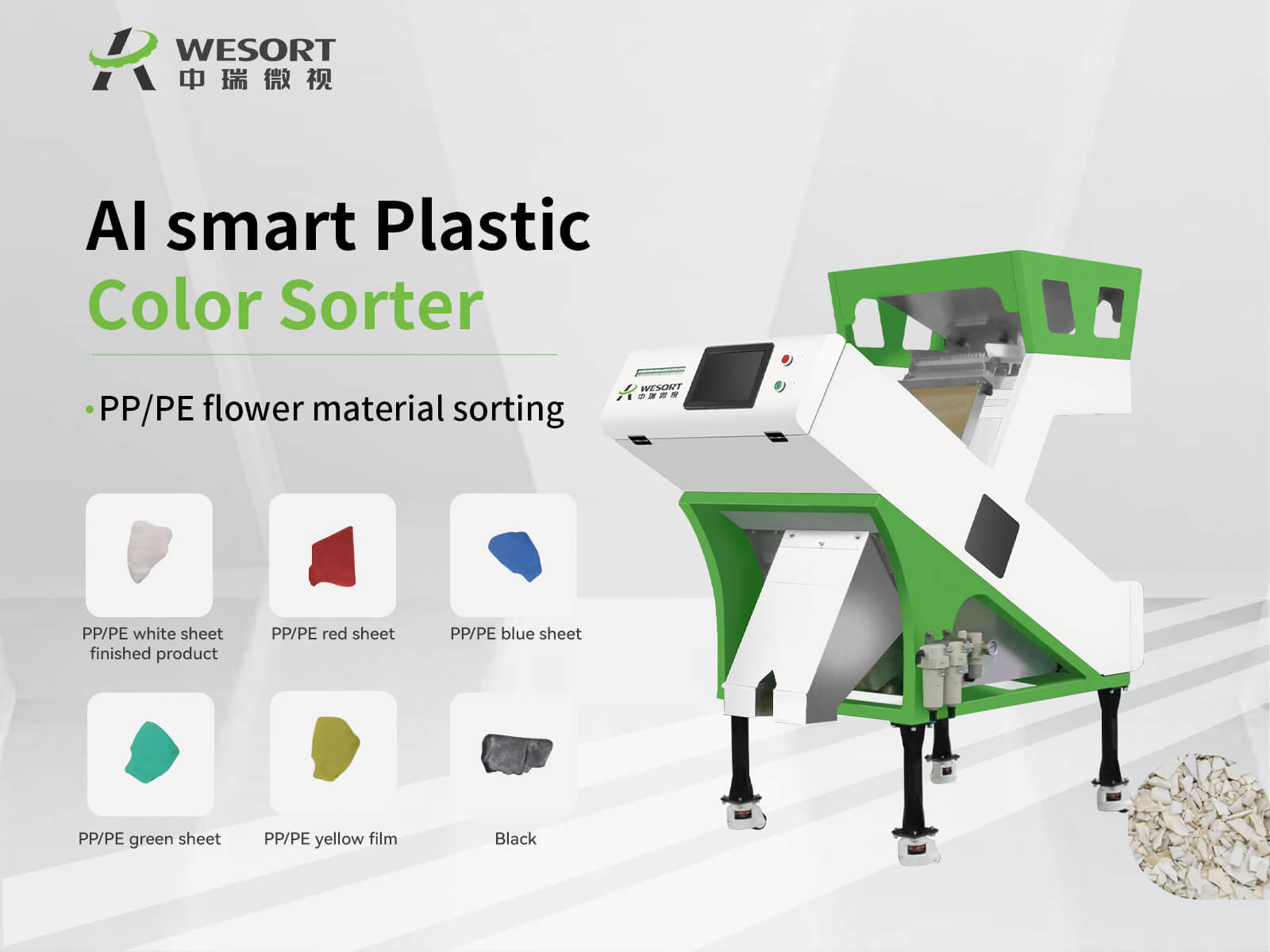
In the plastic recycling industry, purity and efficiency directly determine profitability. As global demand for recycled plastics increases, manufacturers need advanced solutions to separate impurities, improve yield, and ensure consistent product ...
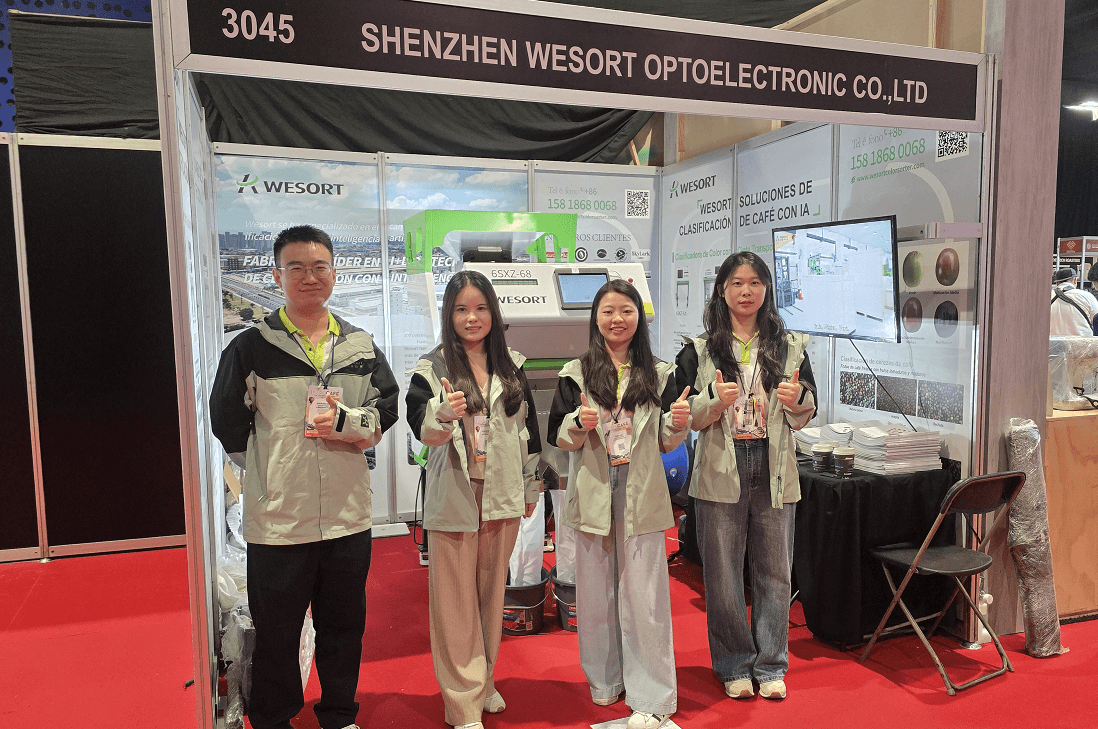
In Mexico, coffee is more than just a drink — it’s a culture, a tradition, and a vital industry. Yet, challenges like impurities, pest damage, and uneven coloration often diminish the value of even the most carefully cultivated beans. At EXPO CAFÉ...
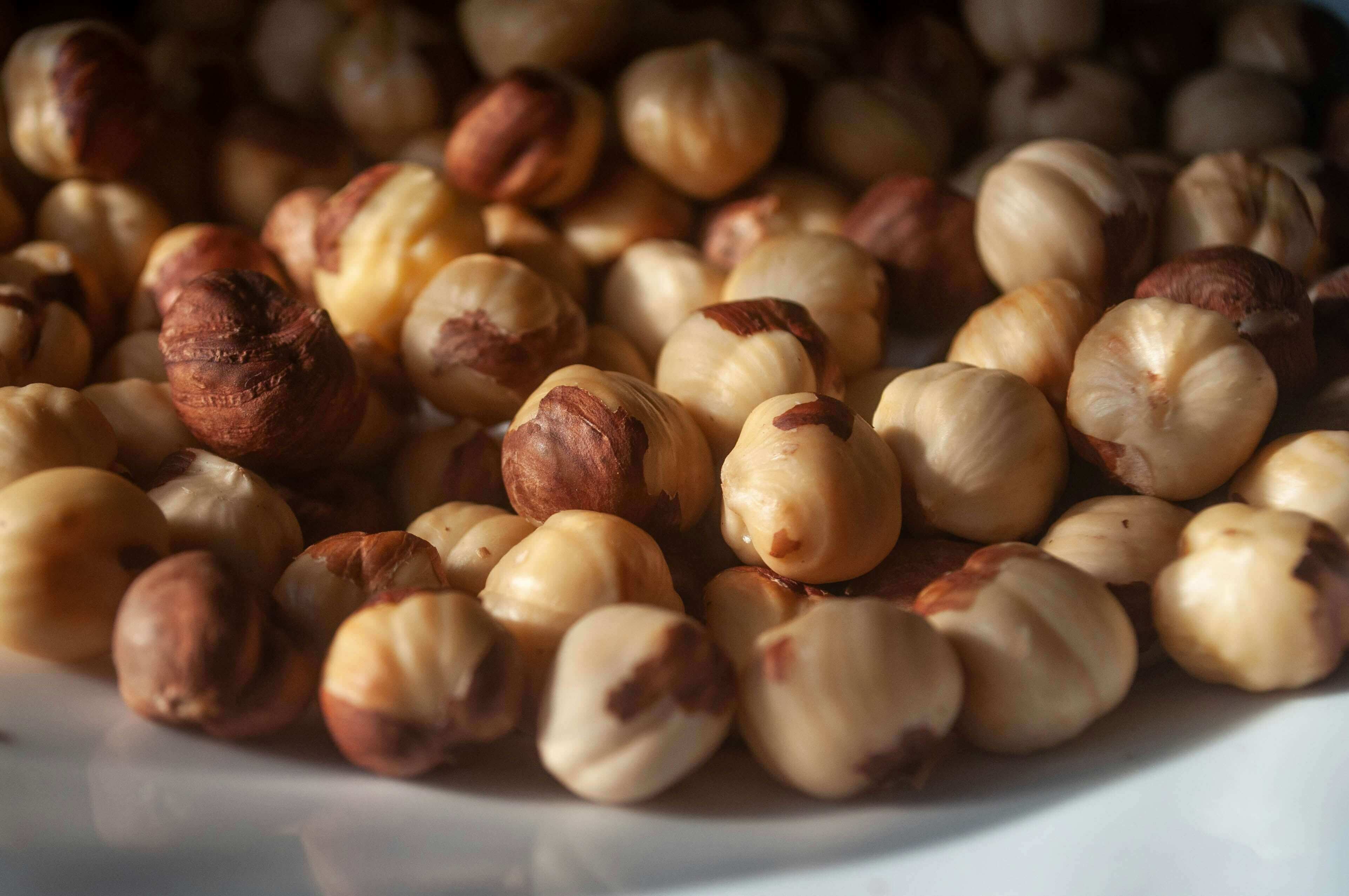
The global demand for hazelnuts continues to rise, driven by the growth of confectionery, bakery, and healthy snack markets. As consumption increases, so does the importance of quality control. Hazelnut processors face mounting pressure to deliver ...
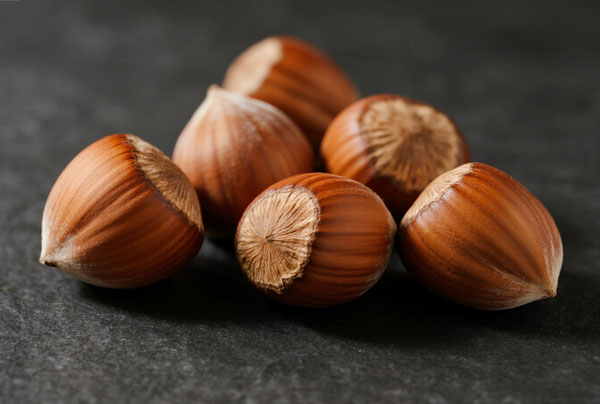
Hazelnuts are widely used in confectionery, bakery, and snacks, where product quality directly affects market value. However, hazelnut processing often faces serious challenges, such as pest infestation, seasonal labor shortages, and inconsistent m...
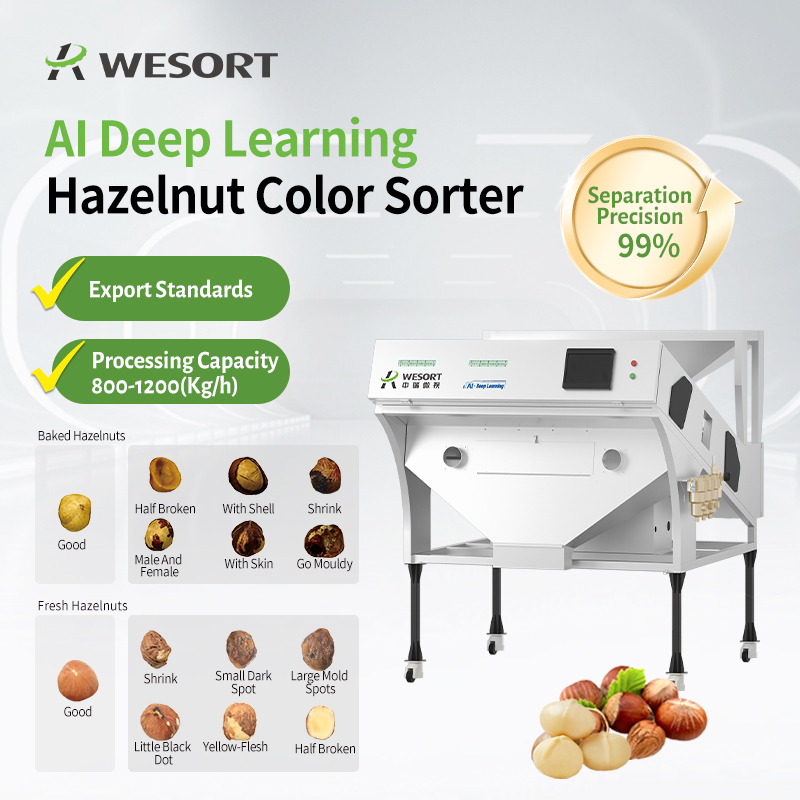
Hazelnut is the nut of the hazel and therefore includes any of the nuts deriving from species of the genus Corylus, especially the nuts of the species Corylus avellana. It is also known as cobnut or filbert nut according to species. A cob is roughl...
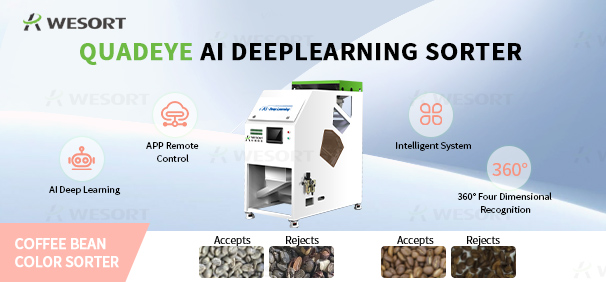
When you enjoy a smooth cup of coffee, you may not realize how much work goes into ensuring its purity and flavor. From harvest to cup, every step matters—and one of the most critical yet often overlooked stages is coffee bean sorting. Common Cof...
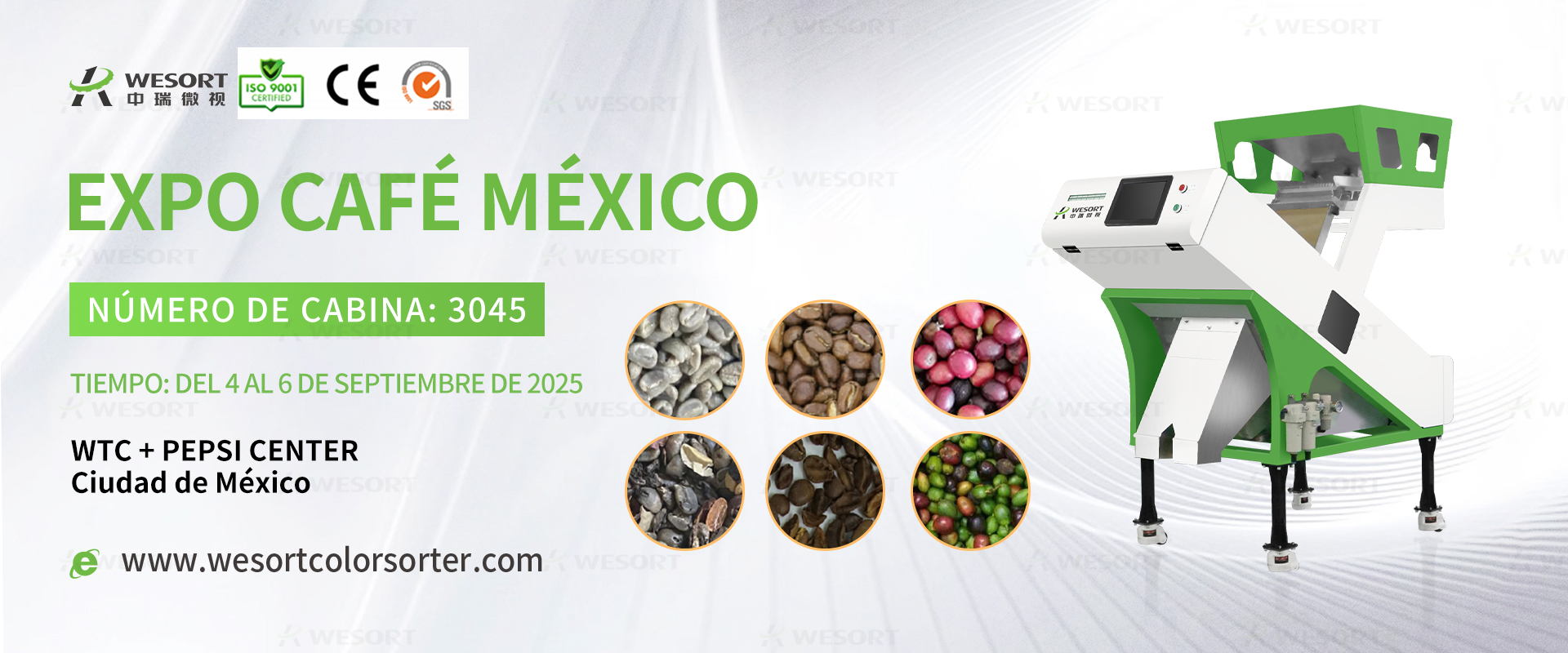
Dear Coffee Industry Partners, The Mexican Coffee Shop Expo 2025 is just around the corner—and WESORT , a leader in intelligent sorting technology, will be there to showcase our core solution for coffee processors: Coffee Bean Color Sorters. Mark...
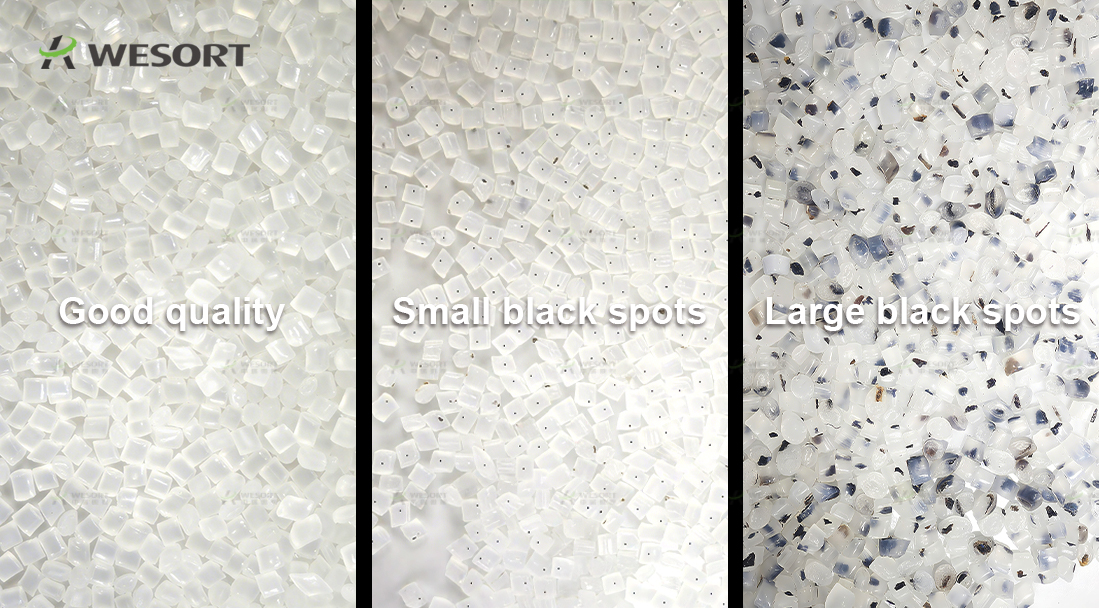
In the plastic pellet production process, color purity often directly determines the product's selling price and market competitiveness. Especially for transparent, white, or light-colored plastic pellets, even tiny black specks can affect the appe...
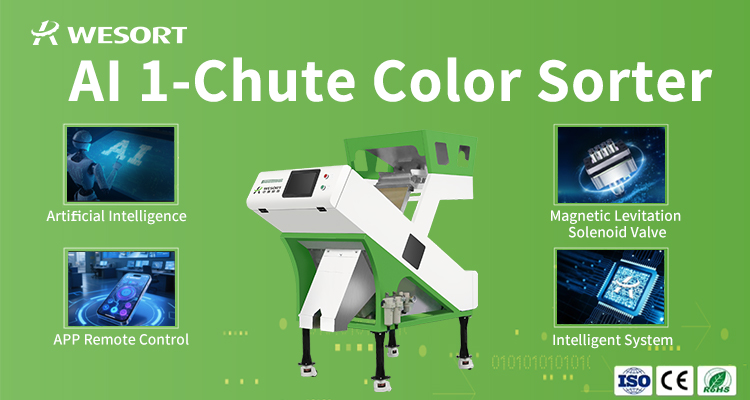
In modern agriculture, food processing, and recycling, quality control plays a vital role. This is where an optical sorter comes in. Many buyers often ask: What is an optical sorter? What does it do? How much does it cost? And how is WESORT optical...
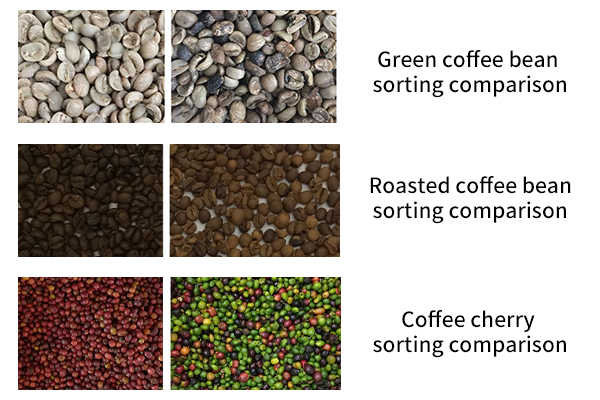
In the coffee industry, the quality of the final cup often depends on the smallest details during processing. One crucial step is removing defective beans, foreign materials, and color inconsistencies. This is where a coffee bean color sorter plays...

Coffee processing is a complex and meticulous task that involves several stages to transform raw coffee cherries into the high-quality beans we enjoy in our morning brew. One crucial step in this process is the sorting of coffee beans based on thei...

In the world of walnut processing, even the smallest imperfection can significantly impact product quality, market price, and brand reputation. Mold, insect damage, broken pieces, or inconsistent color are common defects that reduce the value of wa...

In the competitive coffee industry, quality is everything. Yet defects such as moldy beans, insect damage, immature coffee cherries, and inconsistent roasting levels can severely impact the taste, aroma, and grade of your coffee. Traditional sortin...

The demand for high-quality, uniformly sorted walnuts is rising globally due to increasing consumption, especially in the health food and snack industries. To meet market expectations, walnut processors are looking for advanced walnut sorting machi...

In the nut deep processing industry, the multi-level and accurate sorting of walnut kernels is not only related to product quality, but also directly affects corporate profits and brand reputation. However, many factories still face three major pro...

Meta Description: Looking for the top hazelnut sorting machine manufacturer? WESORT offers advanced hazelnut color sorters with AI deep learning to efficiently remove defects, pests, and foreign materials. Boost your hazelnut processing efficienc...

With the growing popularity of specialty coffee, the purity of coffee beans determines the aroma and taste of a cup of coffee. Achieving 99.9% purity requires high-performance coffee bean sorting equipment. Among Chinese coffee bean color sorter ma...

What's the most vexing issue in the hazelnut industry chain? It's not yield, but quality. Defects like mold, wrinkled skin, and foreign matter not only reduce product value but can also put export orders at risk. The solution isn't to increase the ...

Every hazelnut tells a story—about the soil it grew in, the care during harvest, and the precision of its processing. Yet between farm and final product, hidden defects like mold, insect damage, and discoloration can turn premium hazelnuts into cos...